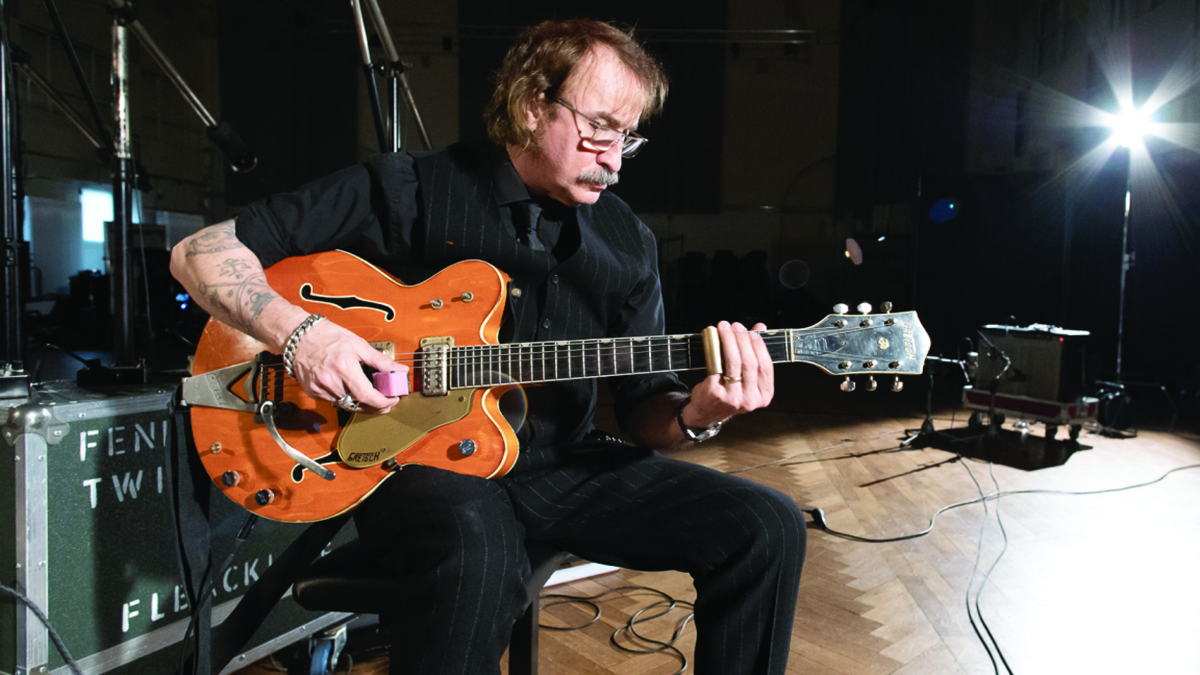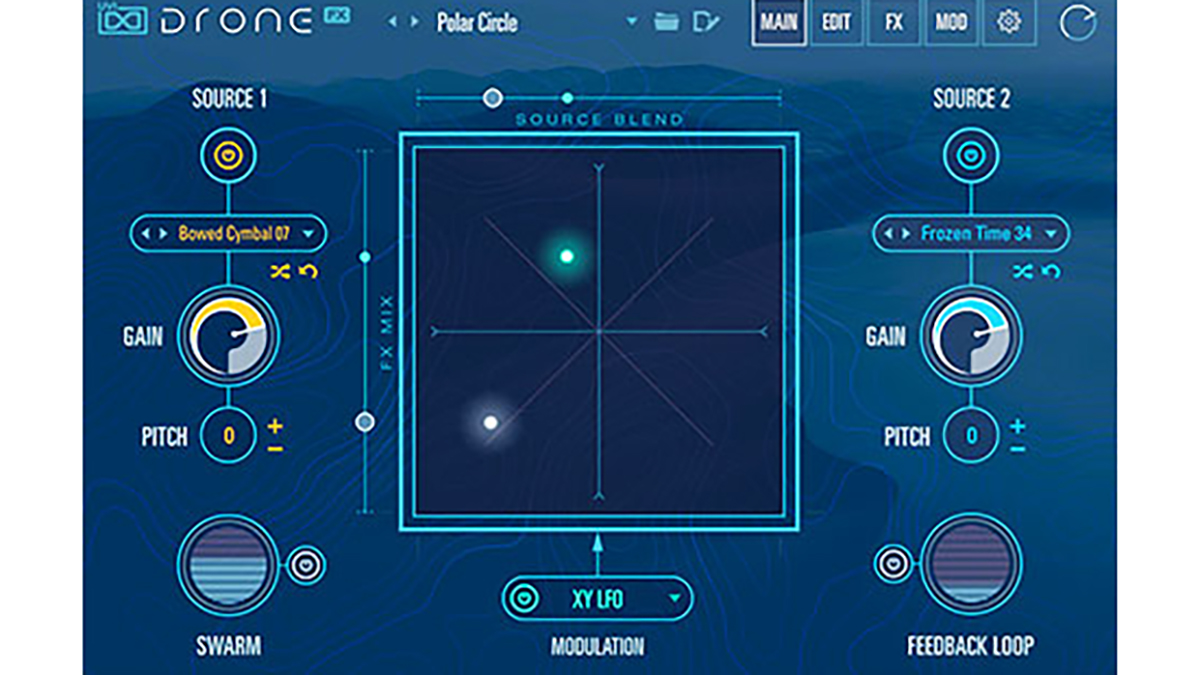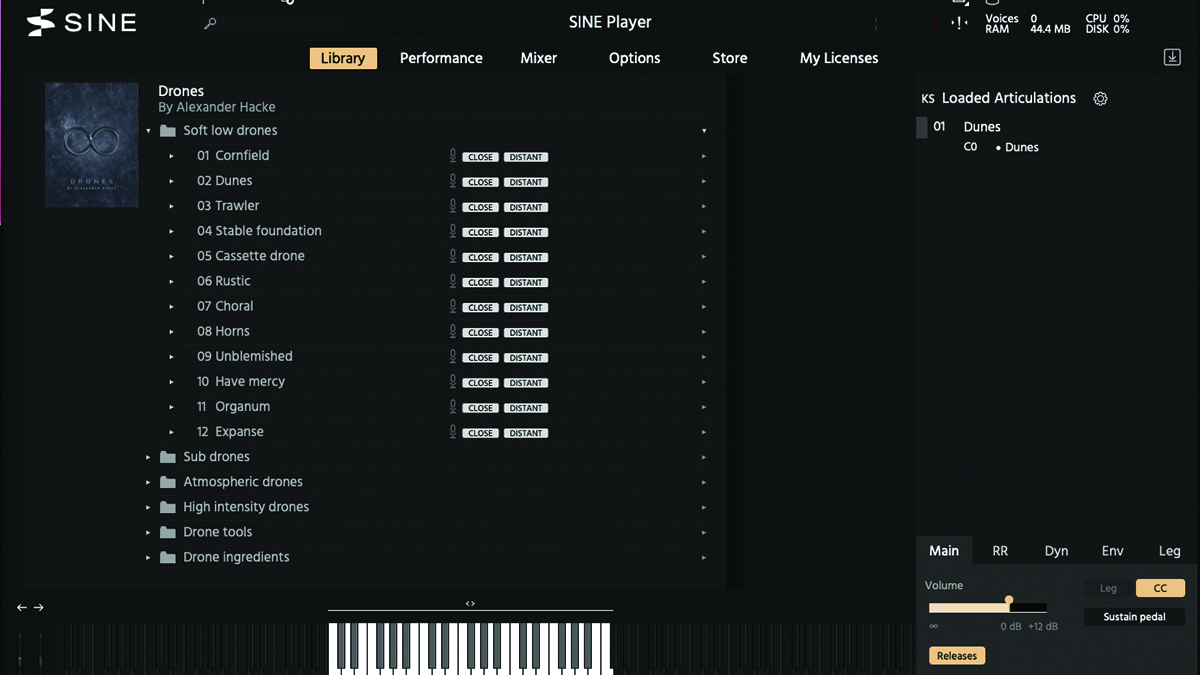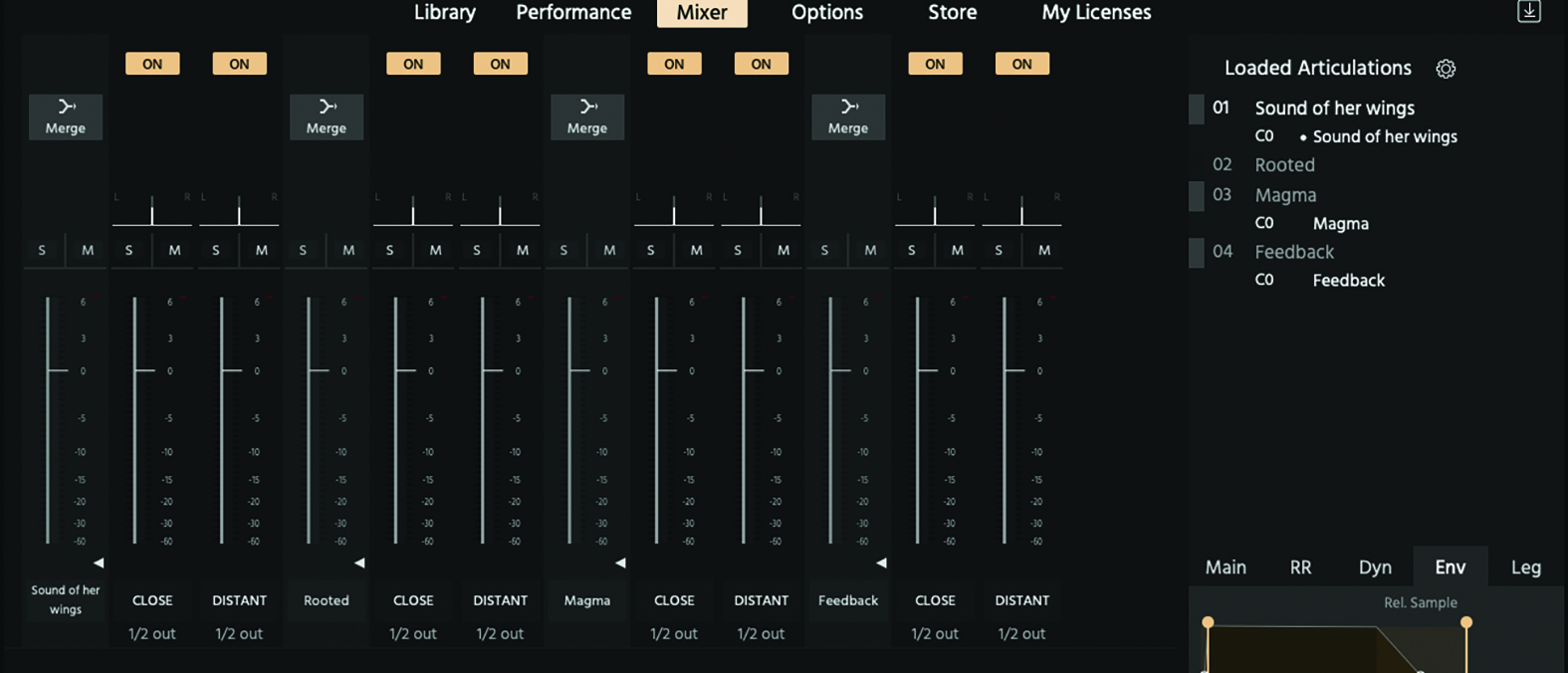MusicRadar Verdict
About as comprehensive as drones can get, in a production-ready, stylish and great-sounding format.
Pros
- +
Beautiful collection of drones.
- +
Electric and acoustic instrumentation beautifully coexist.
- +
Sine player allows extensive control and editing.
Cons
- -
It is a drone library, and not everybody wants drones!
MusicRadar's got your back
Orchestral Tools Drones: What is it?
The humble drone; it’s an often static, but effective musical device, which for years has been the preserve of single notes played on a synthesizer. The reality is, drones can do far more than just drone on, but in order to make the most of it, you’ll need some appropriate sounds that lend themselves to the format, with the capacity to build and embrace a climax.
Orchestral Tools is the innovative organisation behind this new package, which makes no bones about its concept, being called simply ‘Drones’.
However, it has enlisted the help of Alexander Hacke; the Berlin-based musician is also a composer, singer and producer, as well as a member of the legendary German band, Einstürzende Neubauten, or in literal translation, ‘Collapsing new buildings’. Their industrial and often soundscape-designed music often features noises, musical or otherwise, in the creation of drone-like textures.
This gives us a fair indication of where some of the Drone material may head, and with a whopping 362GB of sampled content, compressed to 169GB via OT’s SINEarc technology, it’s certainly expansive.

Orchestral Tools Drones: Performance and verdict
Drones operates from within the Sines plugin portal. Being multi-faceted, Sines takes a little while to get your head around, but its relatively clear menu and hierarchic structure generally steers you in the right direction.
Talking of menus, the Drone content is organised into six menu categories, the first four being the curated production-polished drones, ready for immediate use.

• UVI Drone FX
UVI’s comprehensive collection of production-ready libraries includes a specific Drone FX library.
• Native Instruments Pharlight
Provides some beautiful content for creating pads and drones.
Beginning with the Soft Low Drones sections, the 12 assembled drones are all playable over a range which differs from patch to patch. Some play over a mere octave, while others extend far further, as each drone element has been sampled chromatically. That’s pretty thorough, especially when you consider that each drone element has been sampled for approximately one minute in length.
This underlies the nature of the library, where many of the organic samples undulate. The sense of movement can be exacerbated further, with the use of the modulation wheel, where additional elements and textures appear, welding to the existing soundscape. In this initial soft salvo they are totally beguiling. You can hear the quality, and it sounds expensive.
The other three categories, labelled Sub Drones, Atmospheric Drones and High Intensity Drones, all provide exactly what you would expect and a whole lot more. The Sub Drones make extensive use of bass, Moog synthesizer and even a bass choir, while the Atmospheric Drones include some wonderful oddities, such as an EBow on a piano and a hurdy gurdy. As these elements are heavily intertwined, you occasionally hear an exposed colour poking through, but it is never overtly obvious.

Drone Ingredients
Once you have acclimatised yourself to the nature of this library, the two remaining sections are a little more bespoke. Drone Tools includes a healthy dose of cinematic weirdness, along with textures and swells for builds. The Drone Ingredients section is where you can locate the individual and raw instrument samples, and create your own patches from the source material.
Drones is a very comprehensive collection of samples, which are entirely designed for purpose
On the whole, drones have a bit of a bad rap in certain musical circles, as they often don’t do very much. Nothing could be further from the truth with this library, where an invigorating life force of organic content has been heavily laden into the texture. Couple this with the ability to rise, build and deflate your drones, and it’s a very comprehensive collection of samples, which are entirely designed for purpose.
MusicRadar verdict: About as comprehensive as drones can get, in a production-ready, stylish and great-sounding format.
Orchestral Tools Drones: Hands-on demos
Orchestral Tools
Sample Library Review
sonicstate
KRAZETV
Orchestral Tools Drones: Specifications
- Works with Orchestral Tools’ SINE Player – very latest version required. 362GB of samples (169 GB SINEarc compressed). 24-bit/48KHz patches. SINE system requirements:
- macOS 10.13 or higher | Intel Core i5 or similar | Apple M1 chipset supported | At least 8GB RAM (16GB+ recommended).
- Windows 10 | Intel Core i5 or similar | At least 8GB RAM (16GB+ recommended).
- Formats supported: Standalone, VST, VST3, AU, AAX.
- CONTACT: Orchestral Tools
Computer Music magazine is the world’s best selling publication dedicated solely to making great music with your Mac or PC computer. Each issue it brings its lucky readers the best in cutting-edge tutorials, need-to-know, expert software reviews and even all the tools you actually need to make great music today, courtesy of our legendary CM Plugin Suite.
“A synthesizer that is both easy to use and fun to play whilst maintaining a decent degree of programming depth and flexibility”: PWM Mantis review
“I feel like that song had everything we needed to come back with”: Bring Me The Horizon’s Lee Malia on Shadow Moses, its riff and the secrets behind its tone, and why it was the right anthem at the right time
“I said, ‘Are we sure we can write a song about death?’”: The story of Mike + The Mechanics' classic No.1 The Living Years











